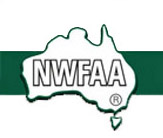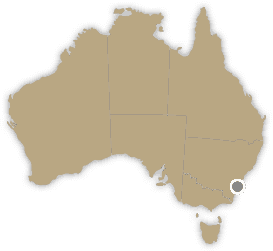Who would have thought that the time honoured tradition of Wood Block Parquet can actually introduce significant savings to the cost of construction!
Recognising that the longer the piece of wood or the wider the piece of wood the more you pay for it, many clients are very pleasantly surprised to find that over a concrete sub-floor, it is possible, that a “hand-laid” parquet floor, can generate savings of around $60m2 better, than for the installation of a conventional Strip Floor!
As the Code of Practice now requires that no Wood Floor System can be installed over an “unventilated” sub floor, the practice of installing battens over concrete is now outdated and replaced by the installation of minimum thickness 18mm thick Exterior Waterproof, Structural Grade Plywood (not cheap alternatives, which fail to conform with the requirements of the Code.).
This practice achieves significant technical advantage for any Strip Floor installation, in that:
- The raw underside of the boards are not exposed to condensation (moisture) formed from the air, especially when radiant heat from sunlight streaming through glass window-walls etc., causes “cupping” of boards, as the top surface should be well sealed with a minimum of three (3) full flood coats of an oil based decorative coating system as the wear surface.
- The avoidance of battens creates a very “quiet” solid floor without the hollow “drum” of foot traffic.
- The avoidance of humid spaces is a positive with regard to termites. As a quality installation of Wood Block Parquet is directly bonded to the concrete sub floor with Waterproof Polyurethane Adhesives (very rubbery in nature) parquet floors are extremely “quiet”.
Specialist parquet producers have extremely close control over “moisture content” and “grading” of a wide range of Timber Species, both local and exotics that are imported from all over the world and I was astounded to learn that over concrete sub floors, parquet can be installed much more economically than strip or plank timber floors, for parquet can be bonded directly to concrete, while strip and plank is required to be both bonded and nailed to structural grade plywood.
Furthermore, due to a phenomenon called “edge bonding” in which Tongue and Grooved joints in Strip Floors become “welded” together by the use of polyurethane type coatings, only “oil based” finishes should now be applied by “licensed” trades people, to any “mechanically jointed” (T & G) flooring system.
However, with Parquet, which in most cases, is not restricted by a Tongue and Groove jointing system, the use of a full range of decorative finishes is possible. When designing for Wood Floors in “high humidity” situations, there are huge advantages in choosing Parquet over Strip or plank, because of the size of the individual components that go to make up the floor.
When understanding that all timber expands and contracts through a range of climatic conditions, by designing with parquet, any “multi-directional” floor will cut expansion and contraction co-efficients by a full 50%! This is because all timber primarily expands and contracts across the width of the board and negligibly in its length. Therefore, by laying half the floor in the opposite direction to the other half, expansion and contraction across the expanse of your floor is exactly halved!
Australian Parquet Industries at Peakhurst have a spectacular two-storey showcase containing a vast array of Parquet and Wood Floor Systems that is very well worth the visit. The staff are most welcoming and their technical staff are both knowledgeable and extremely helpful.
Their comprehensive website has numerous photographic displays of their more than 73 different timber species. Certainly the art of Parquet has entered an entirely new era of Wood Floor Design.




